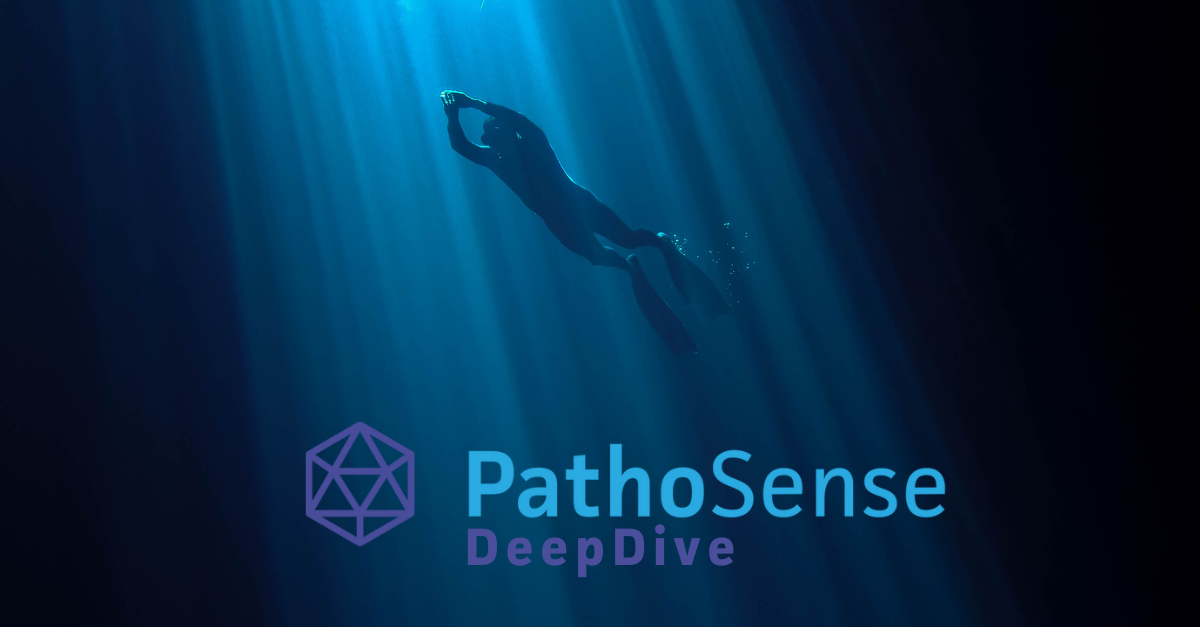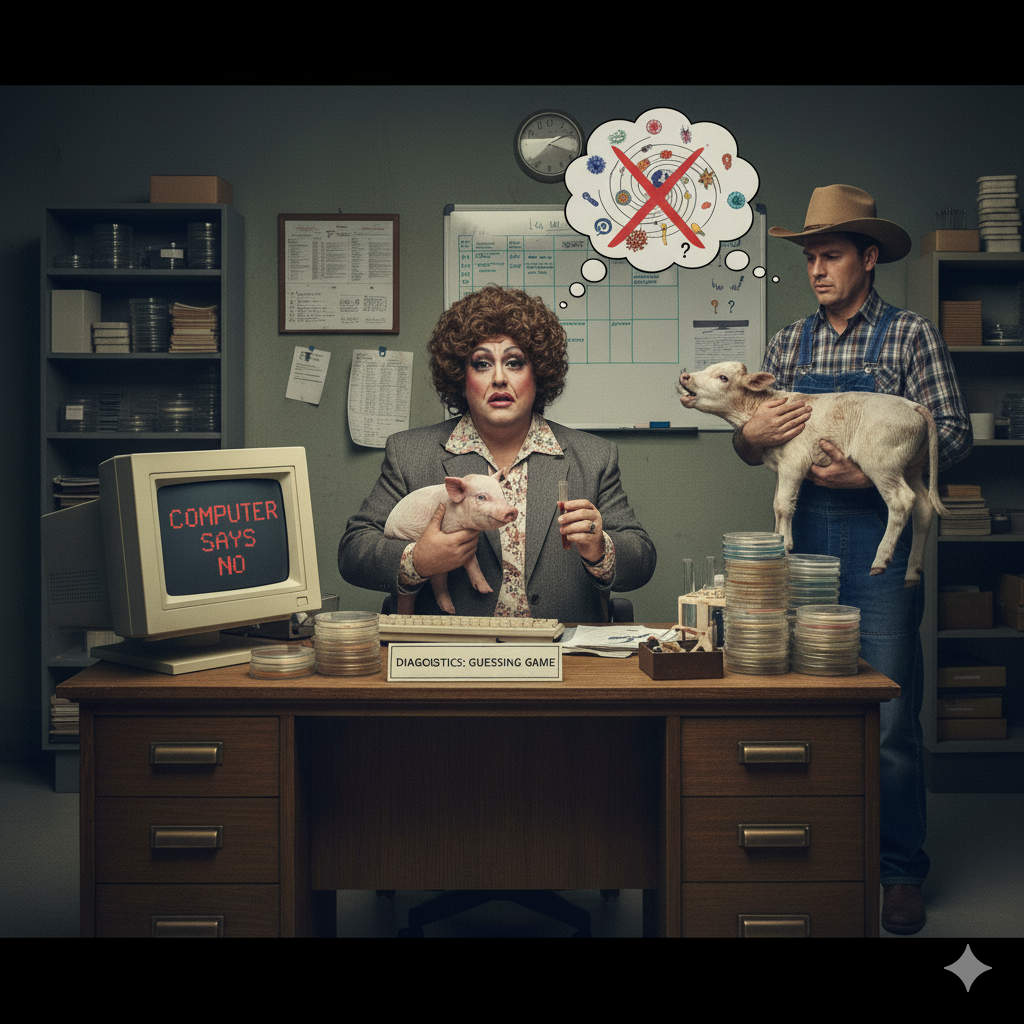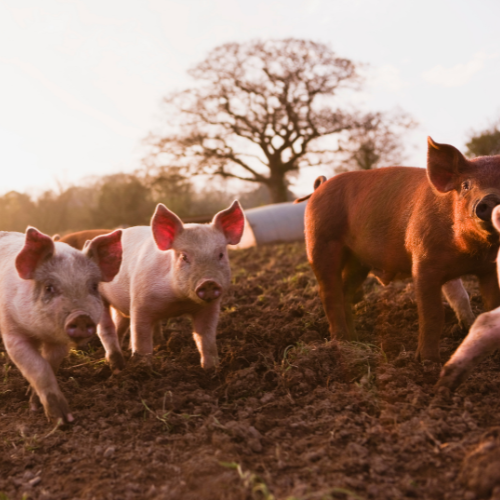Celebrating 5 years of PathoSense: a Talk with prof. Hans Nauwynck
From Pantyhose to Patents: The Revolutionary Story Behind PathoSense
Five years ago, a revolutionary idea began to take shape, born from frustration with the slow, cumbersome world of veterinary diagnostics. To celebrate our fifth anniversary, we sat down with the visionary mind behind it all, PathoSense co-founder Professor Hans Nauwynck, for a special episode of our "Pathogens in the Spotlight" podcast. He shared the incredible origin story of PathoSense, a journey involving delayed results, a Eureka moment, and, unexpectedly, women's pantyhose.

Image: dr. Sebastiaan Theuns, CEO and co-founder of PathoSense, and prof. Hans Nauwynck, co-founder of PathoSense, celebrating the fifth anniversary of their company.
Identifying an Opportunity for Innovation
Before PathoSense, the process of veterinary diagnostics often required considerable patience. Professor Nauwynck remembered how sequencing technologies of the time set a slower pace: “We always had to wait a very long time—months and months and months,” he explained.
At that stage, laboratory workflows relied on repeated sequencing and genotyping, which, while thorough, sometimes made it challenging to deliver rapid, actionable insights. The key opportunity became clear: to improve speed, efficiency, and reduce the dependency on knowing beforehand which pathogen to test for.
The "Aha!" Moment: A USB Stick That Changed Everything
The turning point came on an ordinary evening when his colleague, Sebastian, walked into the lab holding what looked like a USB stick. It was a MinION, a portable sequencing device. As Sebastian explained its potential, the lightbulb went on.
"At a moment like that, you think, damn it, now we've got it," Professor Nauwynck remembered. His immediate reaction was radical: "Yeah man, we're throwing all the PCRs in the bin. This is it. We're going for it".
This was the Eureka moment. The possibility of getting fast, comprehensive sequencing results without needing to guess the pathogen beforehand was suddenly within reach. The problem of prior knowledge, which had plagued diagnostics for so long, could be eliminated.
The Hurdle: An Innovation-Killing Bottleneck
But the initial excitement quickly met a harsh reality. While the sequencing itself was fast, the sample preparation was a nightmare. It required a two-day pretreatment process to remove the host's genetic material, and "the preparation was very expensive". For a tool to be practical and affordable for everyday veterinary use, this bottleneck had to be solved.
The solution had to be a specialized swab that could isolate intact viruses from the host's "genetic junk" quickly and cheaply. "If we don't have a swab," he told Sebastian, "we might as well stop".
From Pantyhose to a Patented Swab: A True Story of Innovation
What happened next is a testament to creative problem-solving. Recalling from his student days that nylon has a high affinity for genetic material, Professor Nauwynck had an idea. "So said, so done. I went to get some pantyhose," he laughed.
They started experimenting, wrapping three layers of pantyhose around a stick with a rubber band, and it "worked incredibly well". To professionalize the concept, they visited a Belgian knitting company and, in a few hours, selected the three perfect fabrics for their multi-layered swab, including materials originally intended for sofas and bras.
The final piece of the puzzle was assembling the swab without creating sharp edges. Instead of heat, which made the material hard, they used ultrasonic fusion—a technique from the auto industry—to create the soft, effective, and now patented swab in the PathoSense kit. This innovation reduced a two-day lab preparation into a simple sample collection.

Image: What might be the lab where the PathoSense swab was developed.
The Future of Diagnostics: Faster, Cheaper, and Smarter
Looking ahead, Professor Nauwynck envisions a future where today's diagnostic limitations are a thing of the past. He is "one hundred percent convinced" that within the next five years, PathoSense will be used worldwide. The main driver for this global adoption will be cost; as sequencing technology gets cheaper, the "financial brake will completely disappear".
He predicts that comprehensive sequencing will become the undisputed standard of care. "There is only one way, and that is to detect quickly," he stated, adding that "you would have to be crazy" to rely on small, individual tests when a total analysis is available. This unbiased approach is essential for identifying emerging diseases and untangling the complex interplay of pathogens in multifactorial diseases.
Furthermore, he sees an exciting evolution in combining this technology with on-farm sensors. "I am convinced that our system with sensors will give an incredible new dimension to diagnostics," he explained, pointing towards a future of integrated, real-time animal health monitoring.
A Message for the Next Generation of Vets
When asked for advice for young, starting veterinarians, Professor Nauwynck’s message was one of confidence and intellectual curiosity. "Don't be afraid, but just go for it resolutely," he urged.
He stressed that veterinarians possess one of the "most beautiful bachelor's programs you can get," giving them a profound understanding of anatomy, physiology, and pathogenesis across many species. This is a unique strength. "We know the pathogenesis of every virus, every bacterium, through and through. In human medicine, that's not the case".
The biggest problem, he noted, is that young vets often "don't realize well enough what they carry" and aren't fully convinced of the power of their expertise. His core advice is simple but powerful: "Keep thinking is the message. Always use your brain... you got them from your parents, so you have to keep using them". He also encourages them to see all career paths as valid, noting that returning to research from practice is not a failure, but an opportunity.
Key Takeaways
- Innovation can come from anywhere. The solution to a complex scientific problem began with a simple material—nylon pantyhose—proving that creative thinking is essential.
- The future of diagnostics is comprehensive and accessible. As sequencing costs fall, "total analyses" will replace single tests, and integration with sensors will provide even deeper insights.
- Veterinary expertise is a unique and powerful tool. Professor Nauwynck urges young vets to be confident in their broad, comparative knowledge and to never stop thinking critically.
Frequently Asked Questions
Q: I often face cases where the cause is unclear. How does PathoSense help when I don't know which pathogen to test for?
A: The system was designed specifically for this scenario. It eliminates the problem of needing "prior knowledge" of what to look for. Instead of guessing which individual tests to run, you can perform a "total analysis" to get a comprehensive view of the pathogens present, which Professor Nauwynck believes will become the standard for diagnosis.
Q: Many of my cases, like respiratory disease complexes, involve multiple pathogens. Can PathoSense detect these co-infections?
A: Yes. Professor Nauwynck highlights the system's strength in identifying "complexes". He recalls a specific case that showed a combination of PRRSV, a cytomegalovirus, and Bordetella all at once, calling it a "beautiful example of a non-textbook disease" that the technology successfully identified.
Q: The article mentions the patented swab. Is the sampling process complex?
A: No, the swab was designed to dramatically simplify the process. Its development reduced a "two-day" laboratory preparation of genetic material into a fast, simple sample collection followed by a short treatment, making it practical for veterinary use.
Q: What species can I use this technology for? Is it just for production animals?
A: While the initial focus was on pigs, the technology is used across a wide range of species. Professor Nauwynck mentions successfully analyzing samples from snakes and ostriches, and the service has already received samples from over 50 different animal species.


